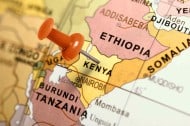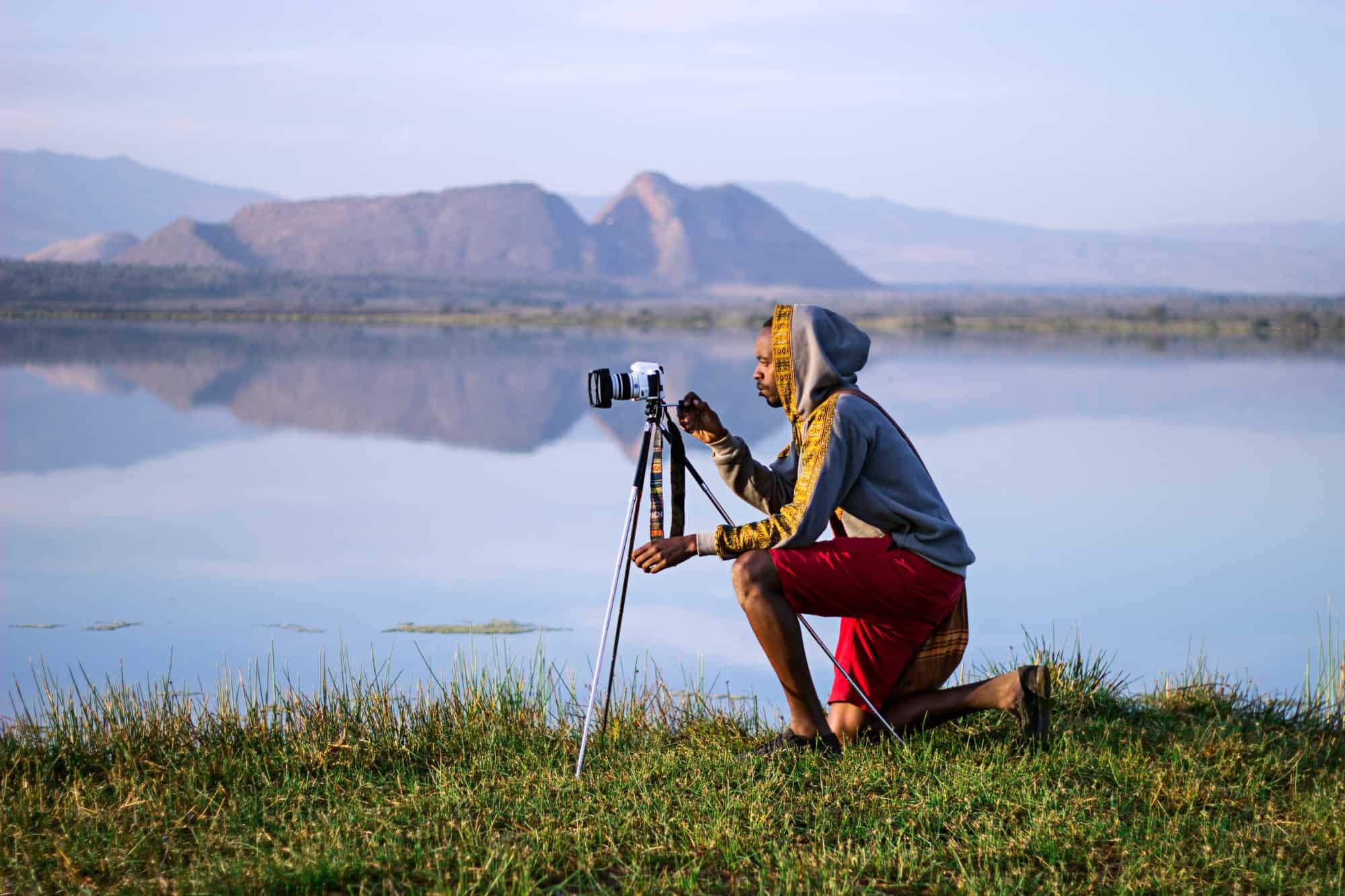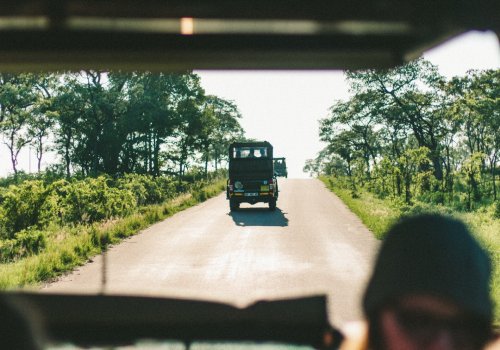
What’s the Weather in Kenya Like? Our Comprehensive Guide
Kenya is approximately 580,367 square kilometers. This vast country has diverse landscapes that include arid savannahs, mountains, and the Coast. Each part of Kenya has its climate, and generalizing the weather as either summer, winter, spring, and autumn is quite hard.
For most visitors, choosing the ideal season to visit Kenya is often a concern. It is quite impossible to determine the best visiting time as the weather in Kenya varies depending on the landscape. However, with Kenya’s proximity to the equator, you don’t have to worry about extreme summer or winter experience.
If you’re traveling to Kenya, learning about the weather is crucial. Keep reading to know more about the weather in Kenya.
The Rainy Season
Short rains are usually experienced in October, November, and December. During this period, the temperature increases. The flash flooding and intermittent showers hardly disrupt safaris; you only need to have waterproof clothing.
In fact, you can enjoy the thrilling bird migration if you’re at the Aberdare National Park or the Great Rift Valley. The wildebeests also migrate out of Masai Mara around this season. If you want to enjoy a great view of the wildebeest, the choice between Masai Mara vs. Serengeti shouldn’t be a dilemma as the former will give you the ultimate experience.
When preparing for a safari during the short rains, pack light clothing as the weather is still warm. Your shoes should be comfortable enough, depending on the area you’re visiting.
In April and May, the weather in Kenya is characterized by heavy rains. The landscapes are green and appealing. However, some of the road conditions might be unfavorable.
The Dry Season
The daytime temperature in Kenya can go as high as 23°C/73°F in places such as Masai Mara, where the altitudes are high. Coastal areas where the altitude is lower, the temperature is 28°C/82°F during the dry season. The sunny days and the bright sky make a vacation in the coastal area worth trying.
After the rainy season in December, the dry weather takes over until February. This hot, dry season is ideal for animal and bird viewing. With a temperature of 84°F, have light clothing when visiting Kenya during this season.
The coolest dry season is between June and October. Tourism contributes about 10.5% to Kenya’s GDP, with July and August being among the periods when tourism is at its peak. The popular wildebeest at the Mara is a sight to behold from July, all through to August.
If you want to climb Mt. Kenya as part of your expedition, the best period is between June and October. The temperatures hardly go beyond 78°F. However, you might want to pack warm clothes for your morning game drives as the cold in the open vehicles might be unpleasant.
For most people visiting Kenya for the first time, the weather can be confusing. The sunny mornings can prove to be quite chilly when you go for a game drive. As you go higher, the temperature drops, and warmer clothing might help.
Weather in Kenya’s Different Regions
Kenya’s climate is one of the most diverse, as weather varies based on the region. It would help to know the weather in the part of the country you want to tour. Here are some of the areas and their weather conditions.
The Coastal Region
Kenya’s coast region is a favorite destination for both local and international tourists. Mombasa is a popular city on the Coast, where the temperatures remain consistently hot the whole year. Even in the coldest months such as July, Coast is still warm.
Fortunately, the Coast has ocean breezes, which cools the high temperature. If you want a beach vacation, you can visit most of the coastal regions at any time of the year. Before you head to the Coast, it would help to learn some useful Swahili words to make your trip more fun-filled.
Nairobi
Nairobi is in the central highlands of Kenya. The weather is lovely in most months, with the temperatures hardly exceeding 26 degrees Celsius. The long rainy season in Nairobi is between March and May, and the short rains are from October to November.
If you want to enjoy the sun in Nairobi, December to March is a great time. You can visit Nairobi National Park during this season. With the weather in Kenya fluctuating in recent years, it is essential to check the regional forecasts.
Mount Kenya
Mount Kenya is one of the places in Kenya where you can have a near-winter experience. The mountain is cold throughout the year as you go higher. Temperatures drop as low as -10 degrees Celsius, especially at night.
In the early morning, Mt. Kenya is sunny, but by midday, clouds start to form. It is best to hike the mountain in the dry season. Hiking between December and March can give you the ultimate experience and an unforgettable adventure.
The Western Part of Kenya
Despite the rain that occurs almost throughout the year, the Western part of Kenya has a relatively hot climate. The days are often sunny with rains during most evenings. With the humidity in west Kenya, you might want to wear light clothing when you go for game-viewing.
Maasai Mara National Reserve in south-west Kenya is one of the best places to visit in the country. Tourists who are visiting Maasai Mara to see the wildebeest should consider visiting the area between July and October. While at it, you’ll enjoy the unique culture of the Maasai people of Kenya.
The Weather in Kenya Is Ideal for Tourism Throughout the Year
If you’re planning to travel to Africa, the weather in Kenya will interest you. The seasons are either rainy or dry, but the temperatures in Kenya are often stable during either of the seasons. With the minor weather changes, you are not limited on time to visit Kenya.
However, depending on the region you want to visit, understanding Kenya’s weather can help you in the preparation. You’ll have endless choices as the variations in weather between the regions are minimal. It would help to have a set of warm and light clothing to enable you to have a comfortable safari across this adventure-filled country.
Contact us today for all your safari bookings.


